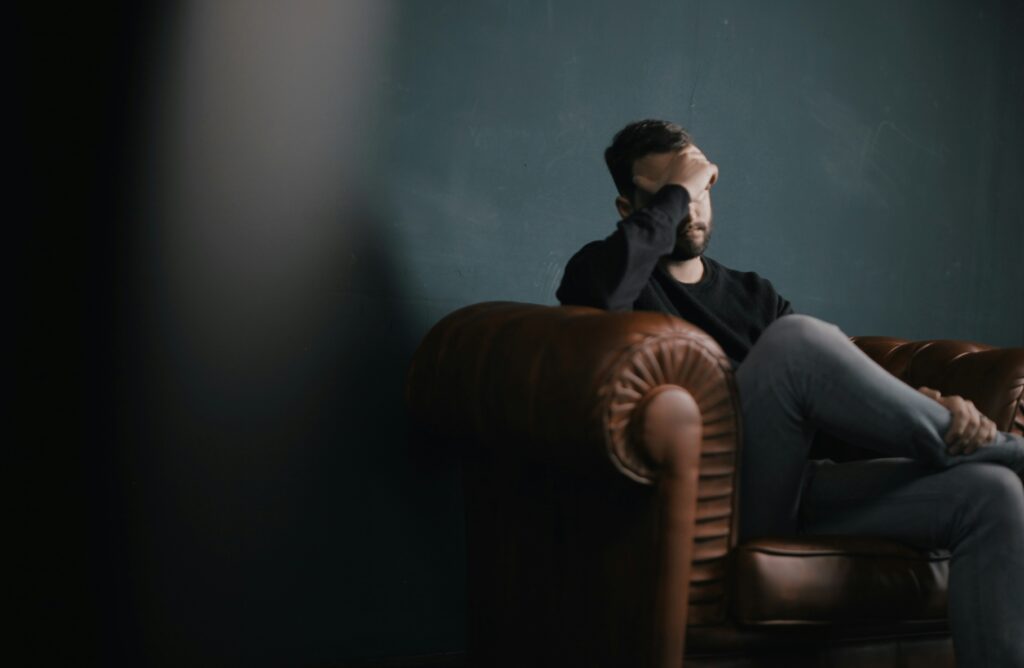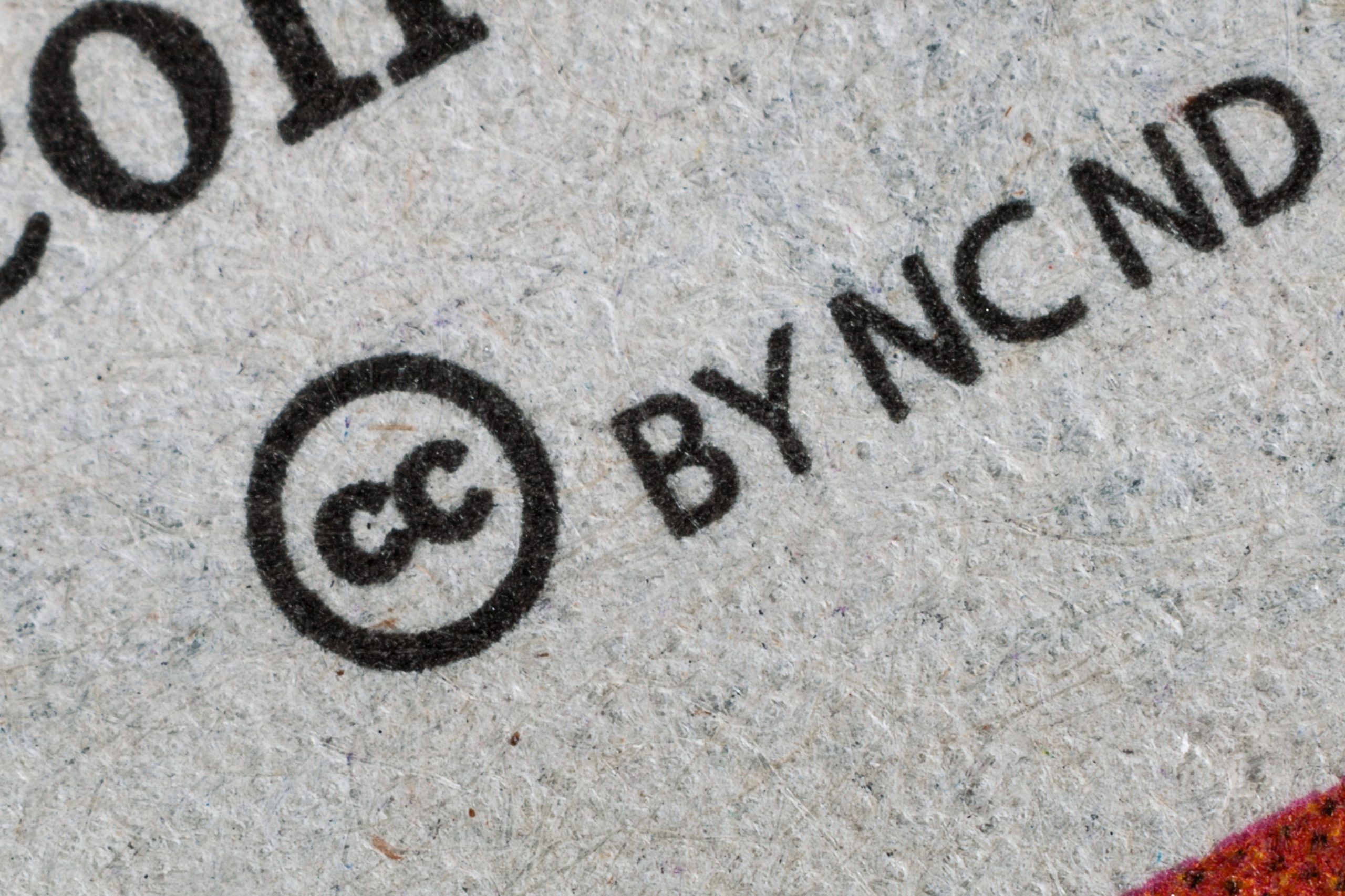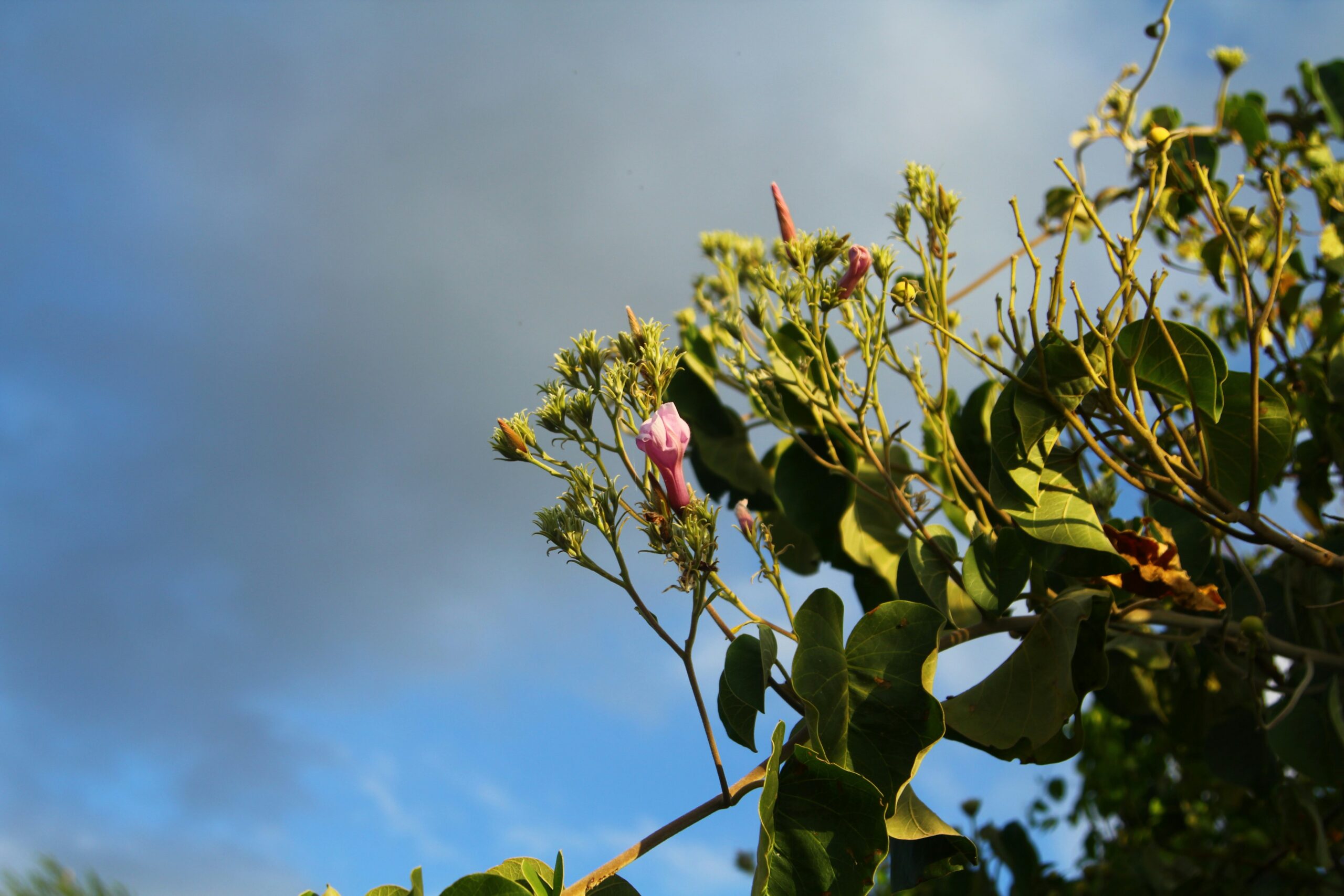What should you do if you get a copyright letter of demand?

At Arts Law, we frequently advise artists and arts organisations who have received letters alleging that they have infringed copyright. These letters are often called ‘letters of demand’ or ‘cease and desist letters’.
A letter of demand tells you about the copyright owner’s claim. If the letter is genuine and you can establish that the person or body who sent it is the copyright owner or someone authorised to act for them, you will probably be keen to respond appropriately. The letter should tell you about (or put you ‘on notice’ of) what the copyright owner thinks you have done wrong and what they would like you to do to fix it. A letter of demand is usually sent to try to resolve the issue before the copyright owner decides to take other steps (like taking you to court).
Arts Law has seen a recent increase in artists receiving letters from companies that say they are acting on behalf of rightsholders for use of their works online. It is important to note that these companies, such as PicRights, are third parties, not collecting societies or law firms. Receiving these types of letters can be stressful for artists, and Arts Law is here to help.
It is always possible that you will be on the receiving end of a baseless or unfounded claim of copyright infringement, and there are consequences for issuing groundless threats of legal proceedings.
What is copyright infringement?
Copyright protects material such as artwork (photographs, painting, sculptures etc.), music, literary works (articles, books, poems etc), films and sound recordings. If you want to do certain things with an work, such as reproduce the whole or a substantial part of the work or make it available online, you must have the permission of the copyright owner. Except in certain circumstances such as those described below, only the copyright owner may exercise the ‘exclusive rights’ to copy, publish, communicate or publicly perform the work.
The first question to ask is: have you done something that the copyright owner must give permission for (such as reproduction or making available online) in relation to the whole or a substantial part of the copyright work?
You can read more about copyright and copyright infringement here.
There are some very specific situations where you may be able to use copyright material without the owner’s permission. These are called “defences” or “exceptions” (discussed further below). It’s a good idea to get legal advice if you think an exception applies to your use.
Did you have permission to use the work?
If you receive a letter of demand, and you did use the work at issue, you should ask yourself whether you had permission to use it in the way that you did.
It is a common misconception that images and material on the internet are free to use. The fact that something is online does not mean you have permission to use it.
If you think you do have permission, check that the way that you are using the work is within the scope of that permission.
Do you have a defence?
In Australia, it is not a defence to say that you were not using the work commercially, you did not realise you needed permission, or you did not make any money from using the work. ‘Fair use’ is also not a defence in Australia.
Australia allows some uses of copyright material without the permission of a copyright owner. Amongst other exceptions, there are ‘fair dealing’ exceptions, or defences, for research or study, reporting the news, parody or satire, and criticism or review.
Other allowable uses that relate specifically to artworks include the filming, broadcasting or making of a two-dimensional reproduction (painting, drawing, photographing) of a sculpture or ‘work of artistic craftsmanship’ permanently displayed in public (public art work) or a building or a model of a building. Publication of a reproduction or film of a public artwork, and the appearance of an artwork incidentally in a film (or on television) is also permissible.
It is important to remember that each country has its own copyright laws and they are different around the world. The copyright laws (and defences available) may be different in Australia and in other countries around the world.
Consider whether to stop using the work
If you did not have permission to use a copyright work and a defence does not apply, you should generally stop using it.
Stopping your use of an infringing work is not itself an admission that you have done anything wrong. You should generally be very careful not to make admissions unless you have spoken to a lawyer first.
Sometimes, the main concern of the copyright owner is that you to stop using their work. If you stop using the work, the issue may end there. Other times, that will not be enough.
Ask a lawyer for help!
A lawyer can give you advice about the letter you have received. A lawyer can help you:
- Understand the letter of demand.
- Work out whether you may have infringed copyright.
- Work out whether you an exception applies to your use, or you have a defence.
- Assist you to work out the best way to deal with the letter in the circumstances.
Receiving a letter of demand can be very stressful for artists. Arts Law is here to help. If you are an artist or arts organisation, you may ask Arts Law for assistance by submitting a legal query here.
Put in place practices to reduce your copyright infringement risk for next time
You can use the letter of demand as a learning experience by putting in place good practices to reduce your risk of getting more letters.
Before you use elements or the whole of someone else’s creation in your own art, you may ask yourself:
- Is what I want to use protected by copyright?
- Do I have permission to use it?
- If I do have permission, is that permission recorded in writing? For example, is it in a written agreement, in terms and conditions, or in an exchange of emails?
- Can I rely on an exception, or defence? Do I need legal advice on whether the defence applies?
- Have I acknowledged or attributed the creator and considered the integrity of their work (the moral rights of the creator)?
- Do I need legal advice to help me with any or all of the above?
Finally, you may think about the impact on you and your arts practice should a part of your creation be used in someone else’s artwork without your permission!




